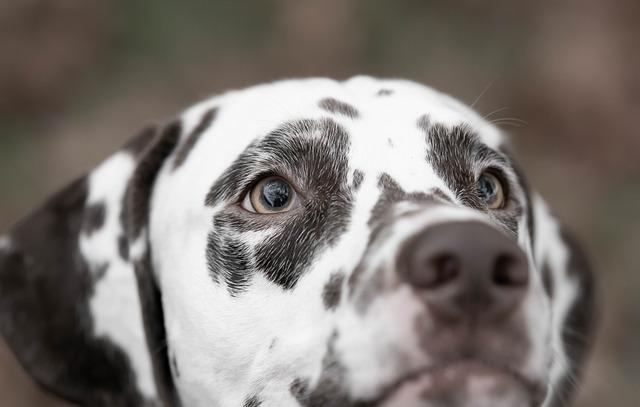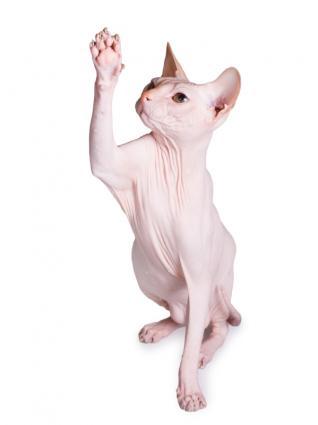Welcoming a hypoallergenic dog into your home is like opening the door to a world of boundless affection and companionship, minus the sneezes and sniffles. While these breeds are celebrated for their minimal shedding and allergy-friendly coats, they still require regular grooming to maintain their health and happiness. In this article, we’ll guide you through the best grooming practices tailored specifically for hypoallergenic breeds. Whether you’re a seasoned pet parent or a new dog owner, our warm and instructive insights will help ensure your furry friend looks and feels their best, fostering a harmonious and joyful bond between you and your beloved pet.
Understanding Hypoallergenic Dog Breeds and Their Unique Grooming Needs
Hypoallergenic dog breeds are often sought after for their low-shedding coats, which can be more manageable for allergy sufferers. These breeds, such as Poodles, Bichon Frises, and Maltese, possess unique grooming needs that are essential to maintain their coat’s health and reduce allergens. Regular grooming is crucial to prevent matting and tangling, which can trap allergens close to the skin. Here are some best practices to consider:
- Brushing: Use a slicker brush or a comb with wide teeth to gently detangle the fur. This should be done several times a week to remove loose hair and distribute natural oils, keeping the coat shiny and healthy.
- Bathing: Opt for hypoallergenic shampoos that are gentle on the skin. A bath every 3-4 weeks can help remove allergens and keep the coat clean. Be sure to rinse thoroughly to avoid any shampoo residue that could irritate the skin.
- Trimming: Regular trims are necessary to maintain the desired length and style of the coat. This not only keeps the dog looking neat but also reduces the chances of matting.
- Ear and Eye Care: Clean the ears and eyes regularly to prevent infections. Hypoallergenic breeds can be prone to tear staining, so gentle wiping with a damp cloth can help keep these areas clean.
By following these grooming practices, you can ensure that your hypoallergenic dog remains comfortable and healthy, minimizing the allergens in your home environment.
Gentle Brushing Techniques to Minimize Shedding and Allergen Spread
To ensure your hypoallergenic dog’s coat remains healthy and their shedding is minimized, employing gentle brushing techniques is essential. Use a soft-bristled brush to gently glide through your dog’s fur, making sure to brush in the direction of hair growth. This not only helps in removing loose hair but also spreads natural oils, enhancing coat shine. Start from the head and work your way to the tail, paying extra attention to areas prone to matting, like behind the ears and under the legs.
- Brush regularly: Establish a routine to brush your dog at least two to three times a week.
- Keep sessions short: Aim for 5-10 minutes per session to keep your dog comfortable and prevent skin irritation.
- Stay gentle: Avoid pressing too hard; instead, let the brush do the work.
By adhering to these gentle brushing methods, not only will you keep your dog’s coat free of excess fur, but you’ll also reduce the spread of allergens throughout your home. Remember, consistency is key, and a little patience goes a long way in maintaining a happy and healthy pet.

Bathing Tips to Keep Your Hypoallergenic Dog Fresh and Comfortable
When it comes to keeping your hypoallergenic dog clean and comfortable, regular bathing is essential, but it must be done with care. Start by choosing a mild, hypoallergenic shampoo specifically designed for sensitive skin to prevent irritation. Ensure the water temperature is lukewarm, as dogs are sensitive to extreme temperatures. Gently wet your dog’s coat, avoiding the eyes and ears, and apply the shampoo, massaging it thoroughly to reach the skin.
- Brush before bathing: This helps remove loose fur and tangles, making the bathing process smoother.
- Rinse thoroughly: Residual shampoo can cause itching and dryness, so ensure all suds are washed out.
- Towel dry gently: Use a soft towel to pat your dog dry, avoiding vigorous rubbing that can irritate the skin.
- Use a hairdryer with caution: If using a dryer, keep it on a low heat setting to prevent burns and discomfort.
Remember, each dog is unique, so pay attention to your pet’s specific needs and preferences to make bath time a pleasant experience for both of you.

Choosing the Right Grooming Tools for Sensitive Skin
When it comes to grooming hypoallergenic breeds, selecting the appropriate tools is crucial to maintaining their delicate skin and coat. These breeds often have unique grooming needs, and using the wrong tools can lead to irritation or discomfort. Here are some essential tips for choosing the right grooming tools:
- Soft-Bristle Brushes: Opt for brushes with soft, natural bristles to gently detangle and smooth the coat without causing friction or irritation.
- Hypoallergenic Shampoos: Use shampoos specifically formulated for sensitive skin, free from harsh chemicals and fragrances.
- Rounded Scissors: When trimming, choose scissors with rounded tips to prevent accidental nicks or cuts on sensitive areas.
- Gentle Clippers: Select clippers designed for sensitive skin that offer quiet operation and adjustable speed settings.
- Silicone Grooming Gloves: These gloves are perfect for massaging and removing loose fur without pulling on the skin.
By investing in the right grooming tools, you can ensure a pleasant and comfortable grooming experience for your furry friend, helping them stay healthy and happy.

